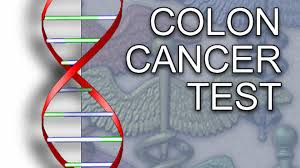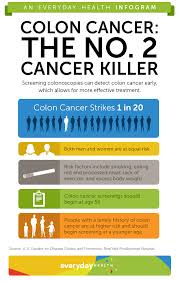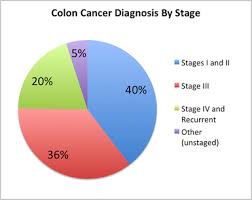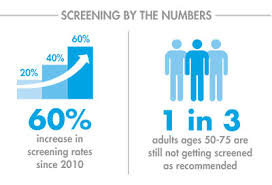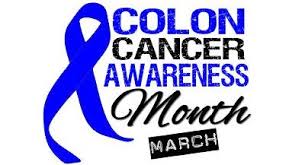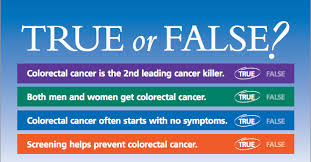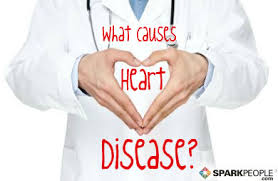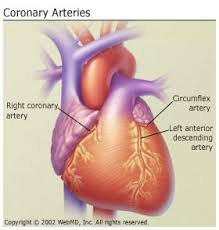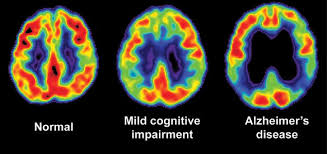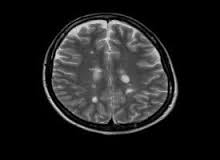 The report found that the most common cancer sites continue to be cancers of the prostate (128 cases per 100,000 men), female breast (122 cases per 100,000 women), lung and bronchus (61 cases per 100,000 persons), and colon and rectum (40 cases per 100,000 persons). Among these common cancer sites, 5-year relative survival was 97 percent for prostate cancer, 88 percent for breast cancer, 63 percent for colorectal cancer, and 18 percent for lung cancer.
The report found that the most common cancer sites continue to be cancers of the prostate (128 cases per 100,000 men), female breast (122 cases per 100,000 women), lung and bronchus (61 cases per 100,000 persons), and colon and rectum (40 cases per 100,000 persons). Among these common cancer sites, 5-year relative survival was 97 percent for prostate cancer, 88 percent for breast cancer, 63 percent for colorectal cancer, and 18 percent for lung cancer.
The cancer survivor estimates are from CDC’s National Program of Cancer Registries. CDC scientists reviewed the most recent data on cases of invasive cancers reported during 2011. With the exception of urinary bladder cancer, invasive cancer is defined as cancer that has spread to surrounding normal tissue from where it began.
The authors noted that disparities in cancer incidence still persist, with greater rates among men than women and the highest rates among blacks. Additionally, 5-year relative survival after any cancer diagnosis was lower for blacks (60 percent) than for whites (65 percent).
Data by state show incidence rates for all cancer sites ranged from 374 cases per 100,000 persons in New Mexico to 509 cases per 100,000 persons in the District of Columbia.
Source: CDC
The Presidential Healthcare Center’s Executive Physicals include cancer screening and tumor marker tracking.

